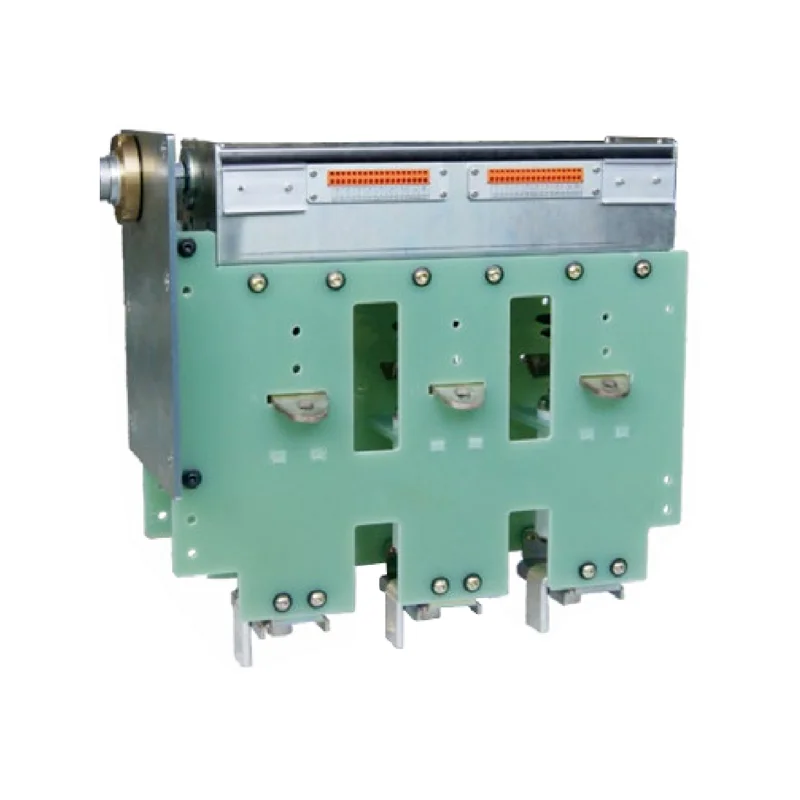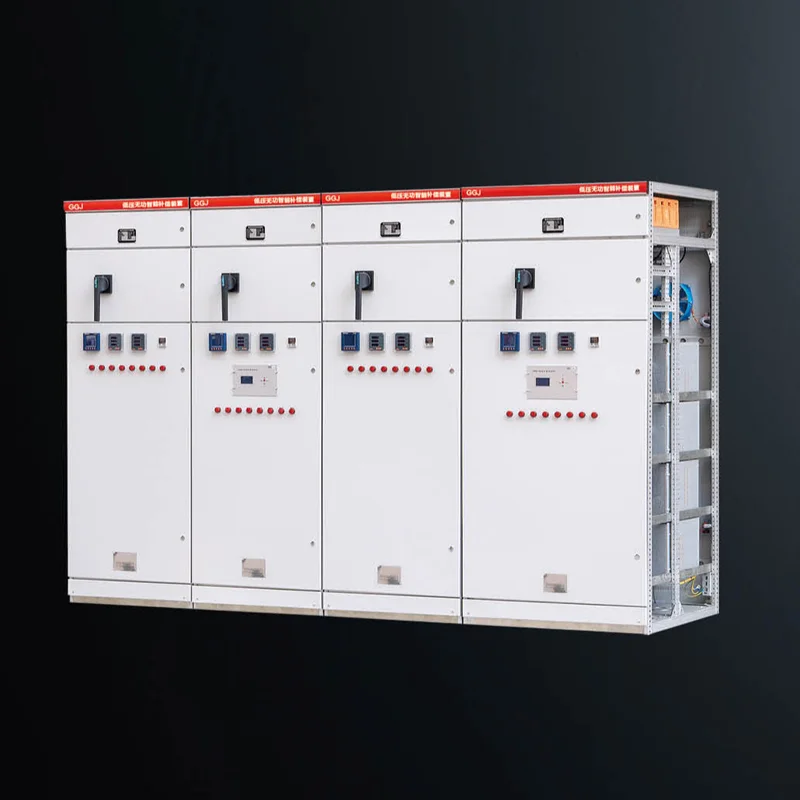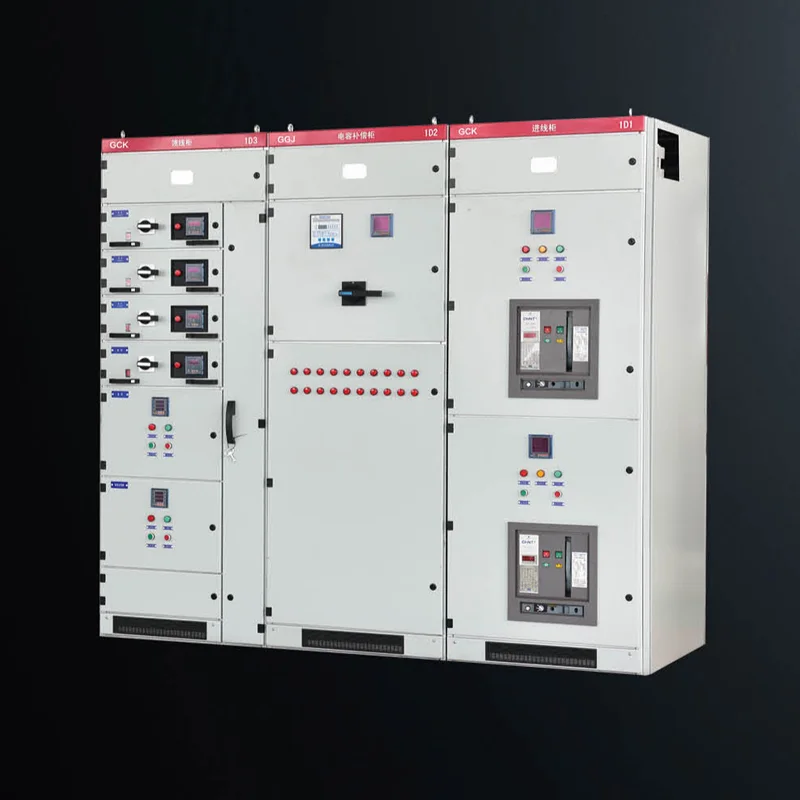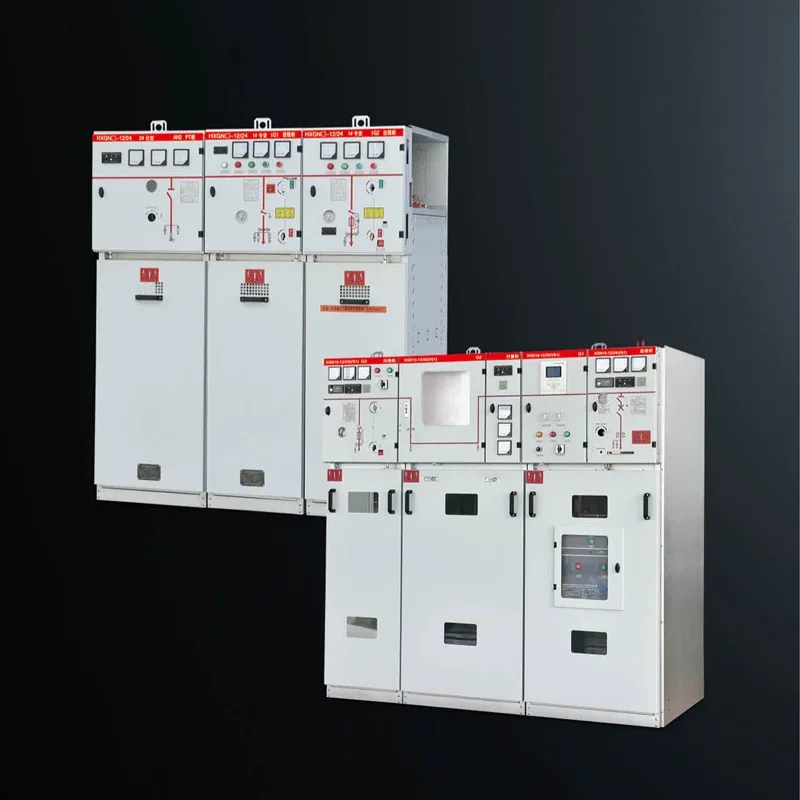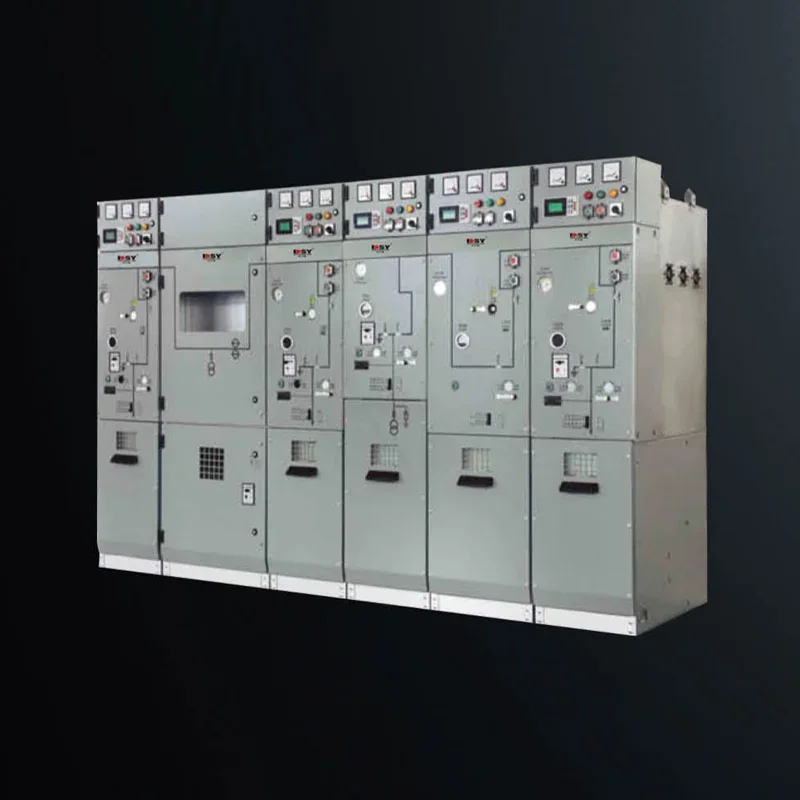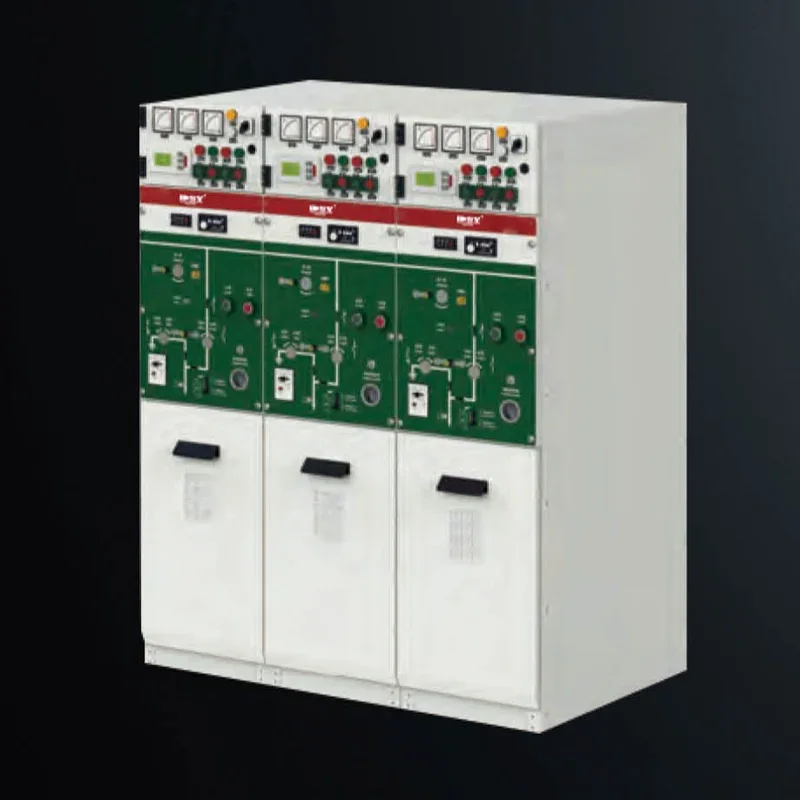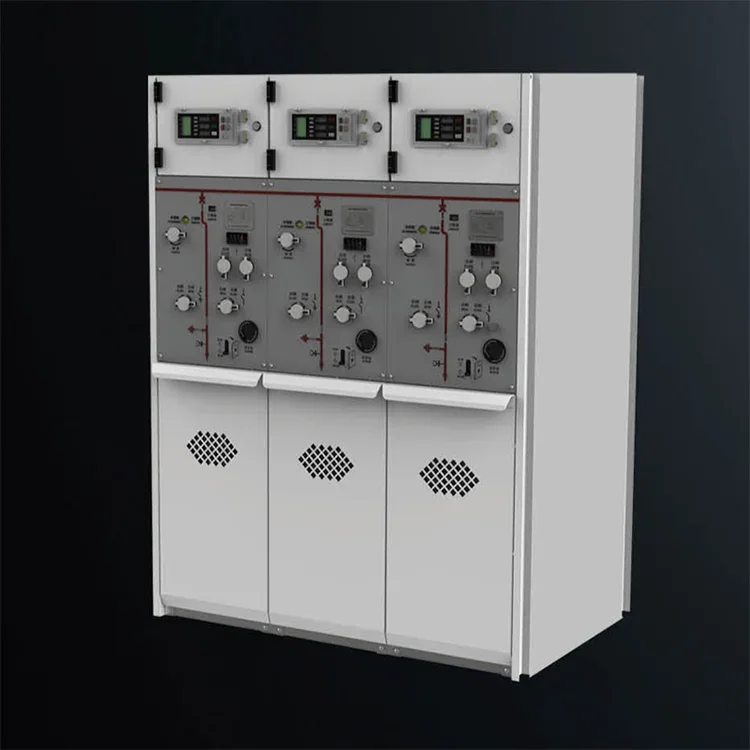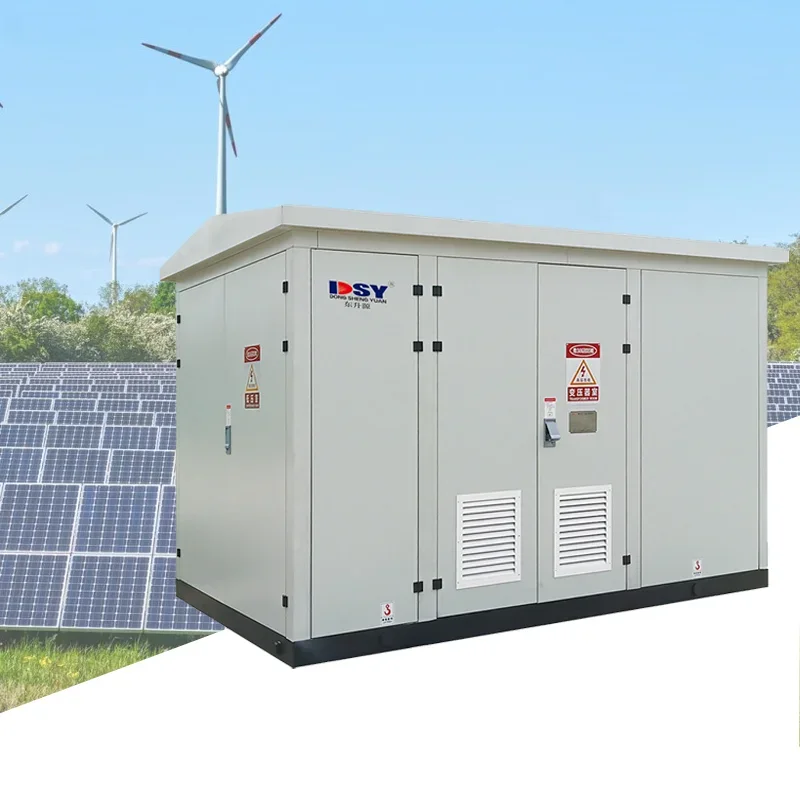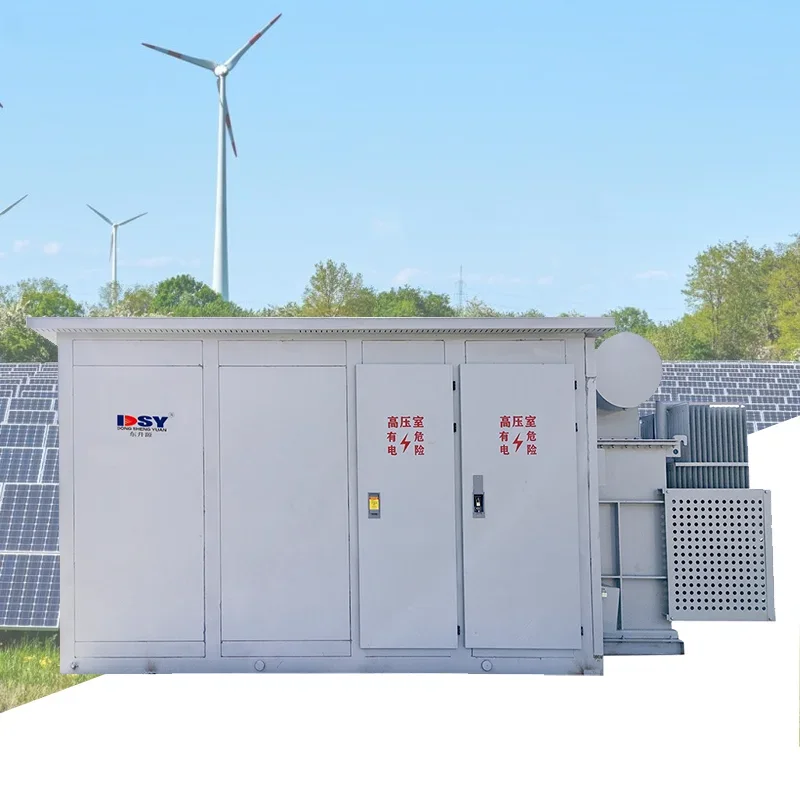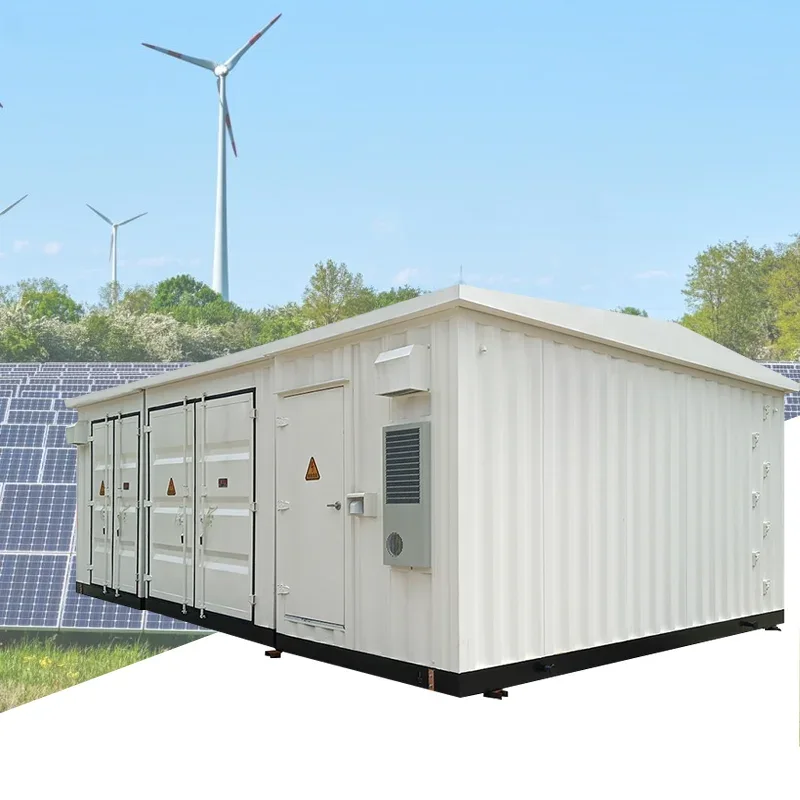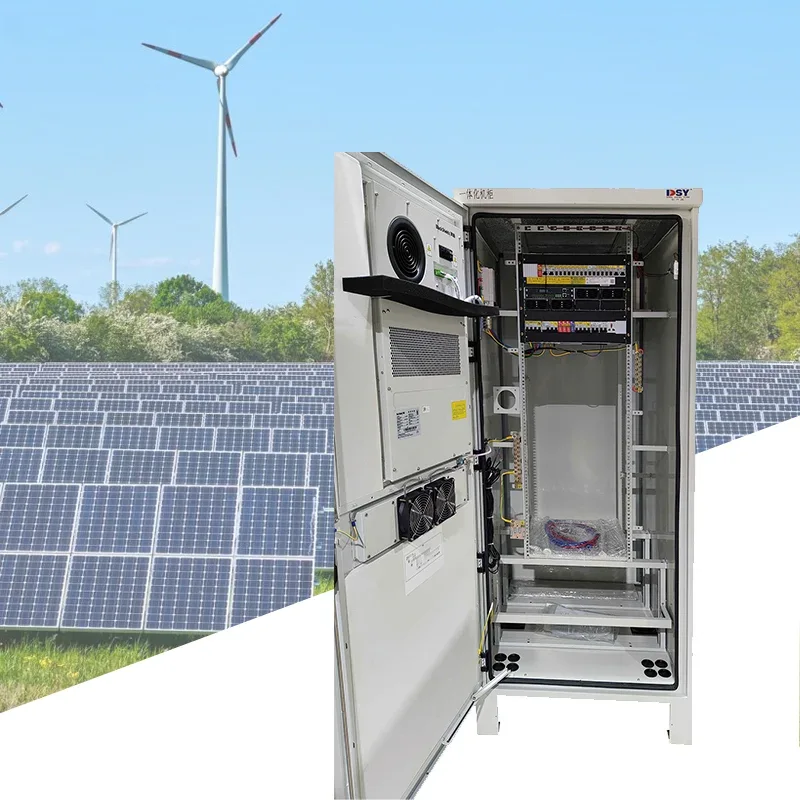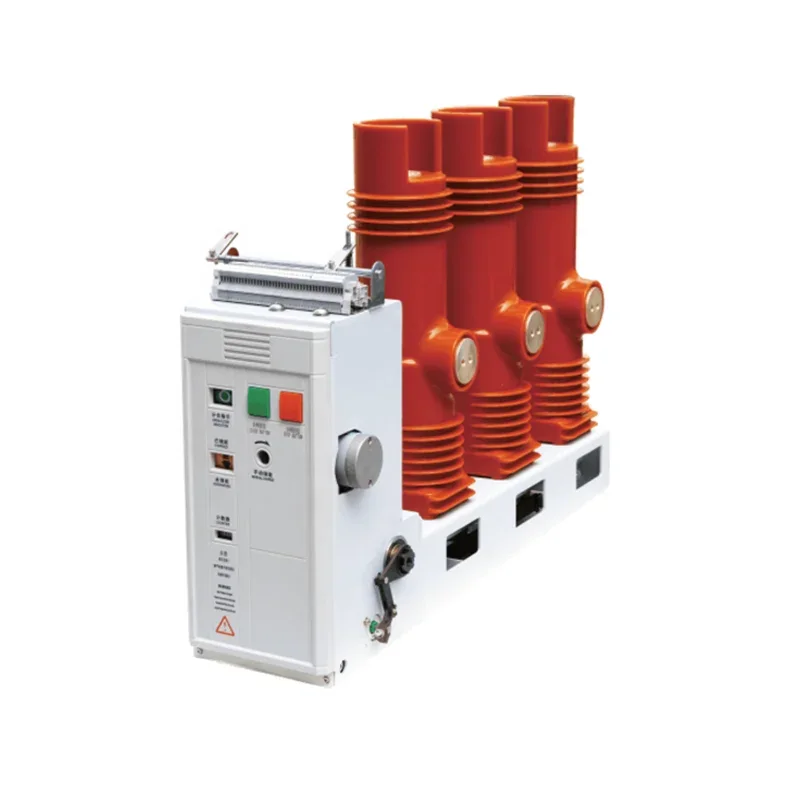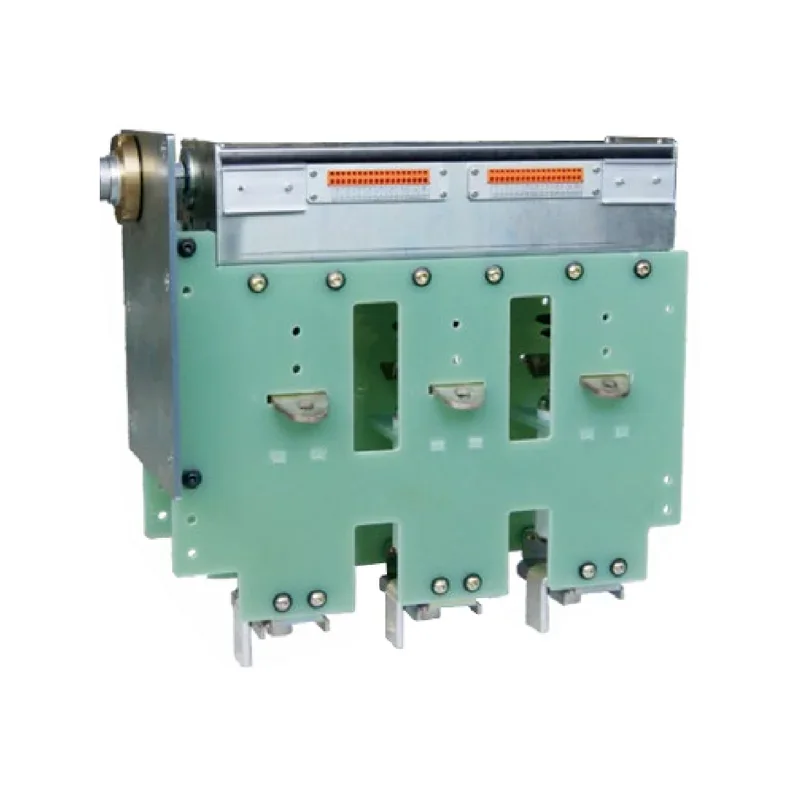How Switching Equipment Enhances Building Automation Systems for Optimal Efficiency
How Switching Equipment Enhances Building Automation Systems Introduction: The Importance of Switching Equipment in Modern Buildings In the rapidly evolving landscape of building automation, switching equipment serves as a foundational element that significantly enhances operational efficiency and functionality. As technologies advance, understanding the role of switching devices becomes crucial f
Jun 12,2025
How Switching Equipment Enhances Building Automation Systems
Introduction: The Importance of Switching Equipment in Modern Buildings
In the rapidly evolving landscape of building automation, switching equipment serves as a foundational element that significantly enhances operational efficiency and functionality. As technologies advance, understanding the role of switching devices becomes crucial for architects, engineers, and facility managers alike. This article will provide an in-depth exploration of how switching equipment integrates with building automation systems (BAS), focusing on the benefits it brings to energy management, system reliability, and user experience.
Table of Contents
1. Understanding Switching Equipment
2. Key Components of Switching Equipment
3. The Role of Switching Equipment in Building Automation
4. Energy Efficiency through Smart Switching Solutions
5. Enhancing Security and Safety in Building Automation
6. The Future of Switching Equipment in Smart Buildings
7. Best Practices for Implementing Switching Equipment
8. FAQs about Switching Equipment and Building Automation
9. Conclusion: The Future Wins with Efficient Switching
Understanding Switching Equipment
Switching equipment encompasses various devices used to control the flow of electricity within building automation systems. These devices include circuit breakers, relays, contactors, and switches, all playing critical roles in ensuring that the electrical systems function as intended. An effective switching solution allows for seamless communication among different components of a BAS, facilitating real-time control and monitoring.
The evolution of switching technologies has introduced smart devices equipped with advanced features such as remote management capabilities, automated fault detection, and energy consumption analytics. This advancement not only minimizes the risk of equipment failure but also enhances the overall operational integrity of building systems.
Key Components of Switching Equipment
A well-rounded understanding of switching equipment involves familiarizing oneself with its core components:
1. Circuit Breakers
Circuit breakers are safety devices designed to interrupt excessive current flow, thereby preventing potential damage to electrical systems. Modern circuit breakers often include smart technology that enables remote monitoring and diagnostics.
2. Relays
Relays act as electrically operated switches, allowing a low-power signal to control a higher power circuit. They are essential in automating various functions within building systems.
3. Contactors
Contactors are used to switch electrical circuits on and off, typically controlling large electrical loads. They provide reliable operation in a BAS, ensuring that equipment performs optimally.
4. Smart Switches
Smart switches provide advanced features such as scheduling, remote access, and energy monitoring. They enhance user engagement, allowing for more efficient management of building resources.
The Role of Switching Equipment in Building Automation
In building automation systems, switching equipment serves as the backbone for effective control and monitoring of various subsystems, such as HVAC, lighting, and security. Here’s how it contributes:
1. Seamless Integration
Switching devices ensure seamless communication between different systems within a BAS. This integration facilitates centralized control, allowing facility managers to monitor and optimize performance from a single interface.
2. Enhanced Operational Efficiency
With reliable switching equipment, buildings can achieve higher operational efficiency. Automated controls reduce energy waste by optimizing HVAC and lighting based on occupancy and usage patterns.
3. Real-time Monitoring and Control
Switching equipment enables real-time monitoring, providing critical data on energy consumption and system performance. This information is vital for proactive maintenance and operational adjustments.
Energy Efficiency through Smart Switching Solutions
Energy efficiency is a top priority in contemporary building design, and switching equipment plays a pivotal role in achieving sustainable energy consumption.
1. Automated Controls for Lighting and HVAC
Smart switching solutions allow for automated controls of lighting and HVAC systems based on occupancy and daylight availability. This automation not only conserves energy but also enhances occupant comfort.
2. Demand Response Capabilities
Many modern switching devices can participate in demand response programs, adjusting power consumption based on utility signals. This capability helps reduce peak demand charges and promotes grid stability.
3. Integration with Renewable Energy Sources
Switching equipment can be integrated with renewable energy systems, such as solar panels. By managing the flow and distribution of energy, buildings can capitalize on renewable resources and reduce their carbon footprint.
Enhancing Security and Safety in Building Automation
Safety and security are paramount concerns in building management, and effective switching equipment can play a vital role in enhancing these aspects.
1. Emergency Power Systems
Switching devices can automatically activate emergency power systems during outages, ensuring continuity of critical functions. This capability is essential for maintaining safety in buildings during emergencies.
2. Access Control Systems
Switching equipment integrates with access control systems, ensuring that only authorized individuals can access specific areas. This enhances security while providing ease of management.
3. Monitoring and Alarms
Advanced switching solutions can include monitoring features that detect anomalies and trigger alarms. This proactive approach to safety helps prevent accidents and promotes a secure environment.
The Future of Switching Equipment in Smart Buildings
As the demand for smart buildings continues to rise, the role of switching equipment will evolve. Emerging trends include:
1. IoT Integration
The Internet of Things (IoT) will enable smarter switching devices that communicate with other building systems. This integration promises to improve operational efficiency and user engagement.
2. Predictive Maintenance
The future of switching equipment will likely feature predictive maintenance capabilities, using data analytics to forecast equipment failures before they occur, thereby reducing downtime and maintenance costs.
3. Increased Focus on Sustainability
With growing awareness of environmental issues, switching equipment will increasingly support sustainable practices, facilitating energy-efficient building designs and operations.
Best Practices for Implementing Switching Equipment
To maximize the benefits of switching equipment in building automation systems, consider the following best practices:
1. Conduct Thorough Assessments
Before implementing switching devices, conduct comprehensive assessments of current systems and identify areas for improvement. This approach ensures targeted upgrades that yield the best results.
2. Choose Versatile Solutions
Opt for switching equipment that offers versatility and scalability. This adaptability allows for future upgrades and expansion as building needs evolve.
3. Invest in Training
Ensure that staff is well-trained in operating and maintaining switching systems. Well-informed personnel can optimize the performance of switching equipment, enhancing overall system efficiency.
FAQs about Switching Equipment and Building Automation
1. What types of switching equipment are commonly used in building automation systems?
Common types include circuit breakers, relays, contactors, and smart switches, each serving a specific function in controlling electrical systems.
2. How does switching equipment improve energy efficiency?
Switching equipment improves energy efficiency by automating controls for lighting and HVAC, optimizing usage based on occupancy, and participating in demand response programs.
3. Can switching equipment enhance building security?
Yes, switching equipment can integrate with access control and monitoring systems, enhancing security by controlling access and triggering alarms during anomalies.
4. What is the role of IoT in the future of switching equipment?
IoT integration will enhance the capabilities of switching equipment, enabling smarter communication between devices and real-time data analysis for improved operational efficiency.
5. How can facility managers ensure effective implementation of switching equipment?
Facility managers can ensure effectiveness by conducting thorough assessments, choosing versatile solutions, and investing in staff training for optimal operation and maintenance.
Conclusion: The Future Wins with Efficient Switching
Switching equipment is a critical component of building automation systems, driving energy efficiency, safety, and operational reliability. As the demand for smart buildings grows, the importance of advanced switching technologies will only increase. By understanding the role of switching equipment and implementing best practices, facility managers and building designers can create efficient, sustainable, and secure environments for occupants. Embracing these innovations now will position buildings for success in the future, making them not just smart but truly intelligent spaces.
Related News
The difference between circuit breakers and vacuum circuit breakers
Circuit breaker is an abbreviation for pole type circuit breaker. Circuit breakers are also vacuum circuit breakers
Voltage regulators are required for various places that require voltage control, such as controlling lighting

